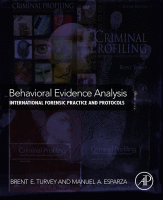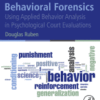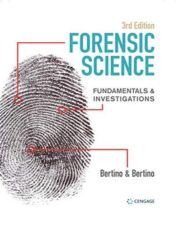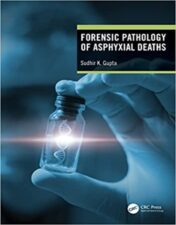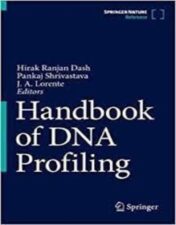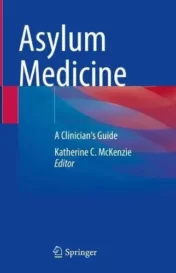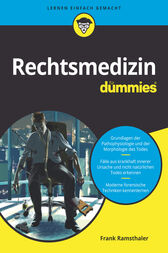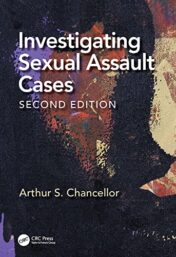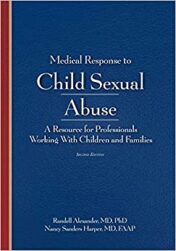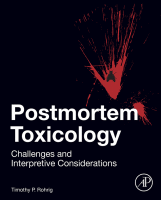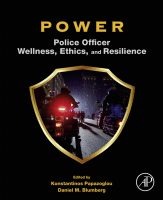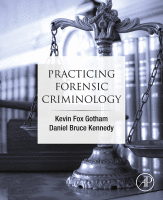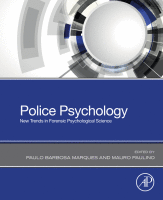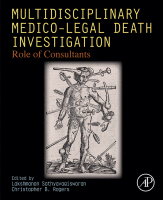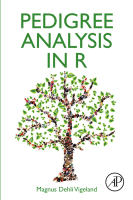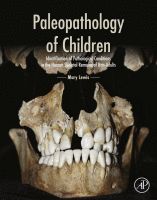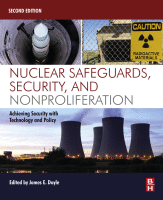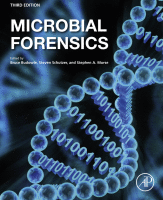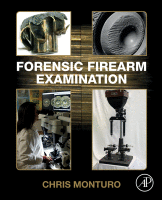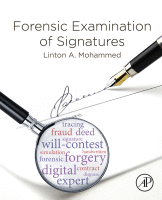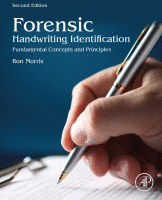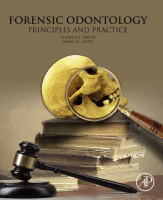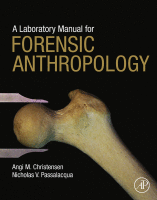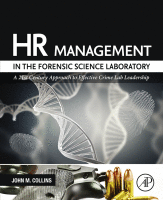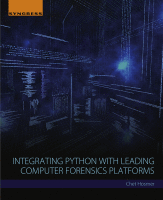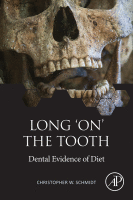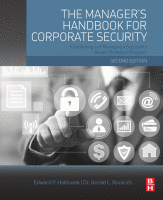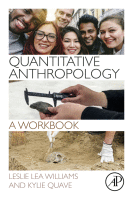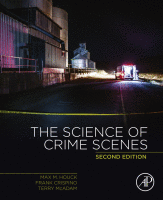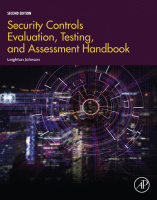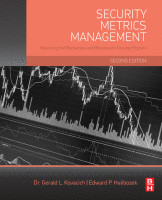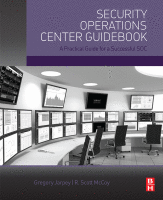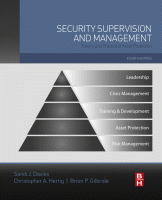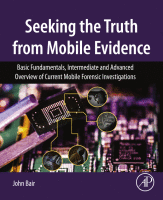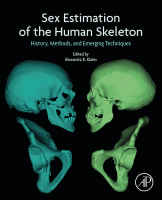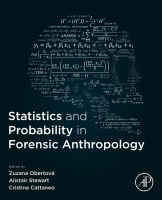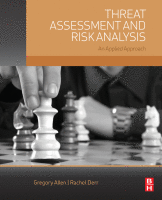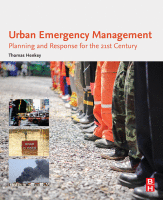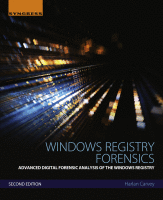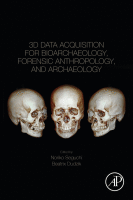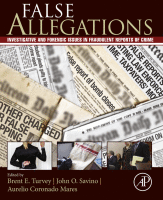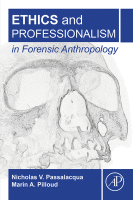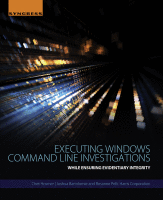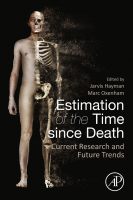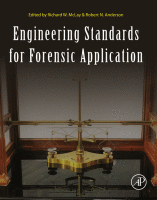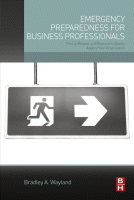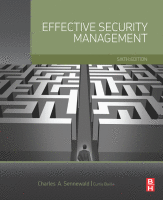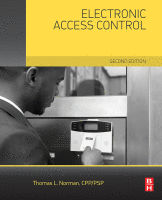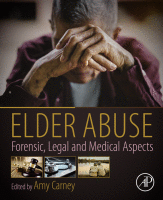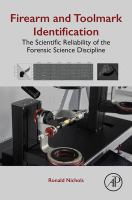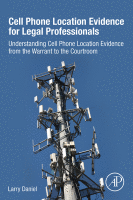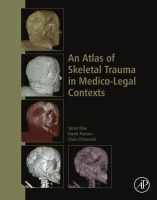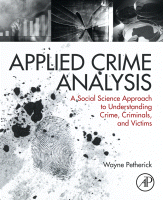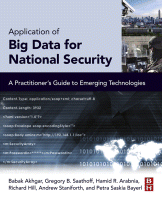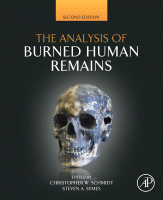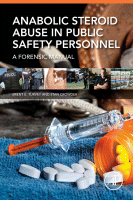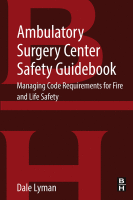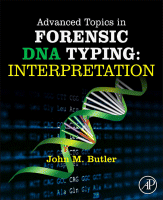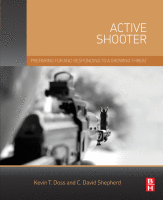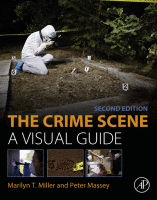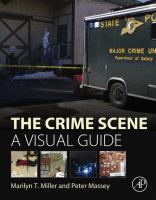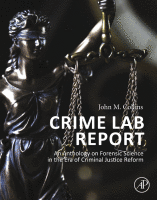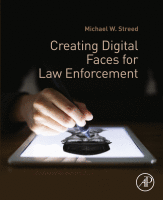Behavioral Evidence Analysis International Forensic Practice and Protocols 2016 Original pdf
$16
Behavioral Evidence Analysis International Forensic Practice and Protocols 2016 Original pdf
The criminal profiling community can easily be split into two separate groups: those that have written criminal
profiles and those that have not. It is an important distinction, because report writing is one of the most
important requirements of good scientific practice. The process of writing up findings helps to reveal flaws in
an examiner’s logic so that they can be amended or revisited; the final report memorializes findings and their
underlying basis at a fixed point in time; and as a document a forensic report provides the best mechanism for
transparency and peer review. The problem is that many criminal profilers have not written criminal profiles,
and still more prefer that this remain the case, often to conceal their lack of methodology.
The contributors to this volume have travelled the world for more than a decade to lecture on the subjects of
crime scene analysis and criminal profiling. The result has been a steady stream of requests from educational
institutions and government agencies alike to teach the application of criminal profiling theory. Everyone
has read the books, everyone has attended the lecture; but few have experience with hands on practice and
application. In other words, there is a growing number of serious professionals who want to know how to put
theory into practice and then learn what it means to put their findings into written form.
Behavioral Evidence Analysis: International Forensic Practice and Protocols has been written as a companion
text to Turvey’s Criminal Profiling, now in its fourth edition. It is meant to provide the legion of instructors that
are teaching criminal profiling as a subject with real world examples of case reports. It is also meant to serve
as a desk reference for professionals that are writing crime scene analysis and criminal profiling reports, to
enable sampling of structure, terminology, and references.
Related Products
Forensic Medicine Books
Key Cases in Forensic and Criminological Psychology 2021 Original PDF
Forensic Medicine Books
Forensic Medicine Books
Handbook of Forensic Medicine, 2nd Edition 2022 epub+converted pdf
Forensic Medicine Books
Handbook of Forensic Medicine, 2nd Edition 2022 Original PDF
Forensic Medicine Books
Forensic Science: Fundamentals & Investigations, 3rd Edition 2020 Original PDF
Forensic Medicine Books
Textbook Of Forensic Medicine & Toxicology: Principles & Practice, 6th Edition 2014 Original PDF
Forensic Medicine Books
Forensic Pathology of Asphyxial Deaths 1st Edition 2022 Original pdf
Forensic Medicine Books
Forensic Medicine Books
Forensic Medicine Books
Key Cases in Forensic and Criminological Psychology 2021 EPUB & converted pdf
Forensic Medicine Books
Forensic Medicine Books
Forensic Medicine Books
Forensic Medicine Books
Forensic Medicine Books
Manual Nonfatal Strangulation Assessment (Forensic Learning Series) 2017 Original pdf
Forensic Medicine Books
Forensic Medicine Books
Medical Response to Adult Sexual Assault 2e 2019 Original pdf
Forensic Medicine Books
Postmortem Toxicology Challenges and Interpretive Considerations 2019 Original pdf
Forensic Medicine Books
POWER Police Officer Wellness, Ethics, and Resilience 2020 Original pdf
Forensic Medicine Books
Practical Aviation Security Predicting and Preventing Future Threats 2017 Original pdf
Forensic Medicine Books
Forensic Medicine Books
Preventing Domestic Homicides Lessons Learned from Tragedies 2020 Original pdf
Forensic Medicine Books
Forensic Medicine Books
Forensic Medicine Books
The Psychology and Sociology of Wrongful Convictions Forensic Science Reform 2018 Original pdf
Forensic Medicine Books
Forensic Medicine Books
Police Psychology New Trends in Forensic Psychological Science 2021 Original pdf
Forensic Medicine Books
Multidisciplinary Medico-Legal Death Investigation Role of Consultants 2018 Original pdf
Forensic Medicine Books
Forensic Medicine Books
Forensic Medicine Books
Molecular Pathology and the Dynamics of Disease 2018 Original pdf
Forensic Medicine Books
Forensic Medicine Books
Forensic Medicine Books
Forensic Medicine Books
Forensic Medicine Books
Forensic Handwriting Identification Fundamental Concepts and Principles 2020 Original pdf
Forensic Medicine Books
Forensic Odontology Principles and Practice 2018 Original pdf
Forensic Medicine Books
Forensic Medicine Books
Forensic Taphonomy and Ecology of North American Scavengers 2018 Original pdf
Forensic Medicine Books
A Laboratory Manual for Forensic Anthropology 2018 Original pdf
Forensic Medicine Books
Integrating Python with Leading Computer Forensics Platforms 2017 Original pdf
Forensic Medicine Books
Long ‘on’ the Tooth Dental Evidence of Diet 2020 Original pdf
Forensic Medicine Books
Forensic Medicine Books
Forensic Medicine Books
Security Controls Evaluation, Testing, and Assessment Handbook 2019 Original pdf
Forensic Medicine Books
Security Operations Center Guidebook A Practical Guide for a Successful SOC 2017 Original pdf
Forensic Medicine Books
Forensic Medicine Books
Security Supervision and Management Theory and Practice of Asset Protection 2015 Original pdf
Forensic Medicine Books
Sex Estimation of the Human Skeleton History, Methods, and Emerging Techniques 2020 Original pdf
Forensic Medicine Books
Forensic Medicine Books
Forensic Medicine Books
Statistics and Probability in Forensic Anthropology 2020 Original pdf
Forensic Medicine Books
Strategic Leadership in Digital Evidence What Executives Need to Know 2020 Original pdf
Forensic Medicine Books
Threat Assessment and Risk Analysis An Applied Approach 2016 Original pdf
Forensic Medicine Books
Trends of Environmental Forensics in Pakistan 2019 Original pdf
Forensic Medicine Books
Urban Emergency Management Planning and Response for the 21st Century 2018 Original pdf
Forensic Medicine Books
Forensic Medicine Books
Workplace Safety Establishing an Effective Violence Prevention Program 2016 Original pdf
Forensic Medicine Books
Forensic Medicine Books
3D Data Acquisition for Bioarchaeology, Forensic Anthropology, and Archaeology 2019 Original pdf
Forensic Medicine Books
False Allegations Investigative and Forensic Issues in Fraudulent Reports 2018 Original pdf
Forensic Medicine Books
Ethics and Professionalism in Forensic Anthropology 2018 Original pdf
Forensic Medicine Books
Executing Windows Command Line Investigations While Ensuring Evidentiary Integrity 2016 Original pdf
Forensic Medicine Books
Estimation of the Time since Death Current Research and Future Trends 2020 Original pdf
Forensic Medicine Books
Engineering Standards for Forensic Application 2018 Original pdf
Forensic Medicine Books
Forensic Medicine Books
Forensic Medicine Books
Elder Abuse Forensic, Legal and Medical Aspects 2019 Original pdf
Forensic Medicine Books
Becoming a Global Chief Security Executive Officer 2018 Original pdf
Forensic Medicine Books
An Atlas of Skeletal Trauma in Medico-Legal Contexts 2018 Original pdf
Forensic Medicine Books
Atlas of Human Cranial Macromorphoscopic Traits 2018 Original pdf
Forensic Medicine Books
Forensic Medicine Books
Anabolic Steroid Abuse in Public Safety Personnel A Forensic Manual 2015 Original pdf
Forensic Medicine Books
Age Estimation A Multidisciplinary Approach 2019 Original pdf
Forensic Medicine Books
Advanced Topics in Forensic DNA Typing: Interpretation 2015 Original pdf
Forensic Medicine Books
Active Shooter Preparing for and Responding to a Growing Threat 2015 Original pdf
Forensic Medicine Books
Forensic Medicine Books
Forensic Medicine Books
Crime Scene Investigation Laboratory Manual 2018 Original pdf
Forensic Medicine Books
Forensic Medicine Books
Forensic Medicine Books
Creating Digital Faces for Law Enforcement 2017 Original pdf

